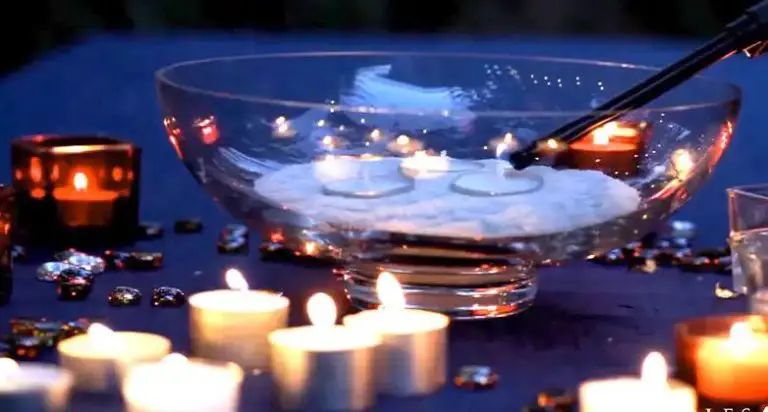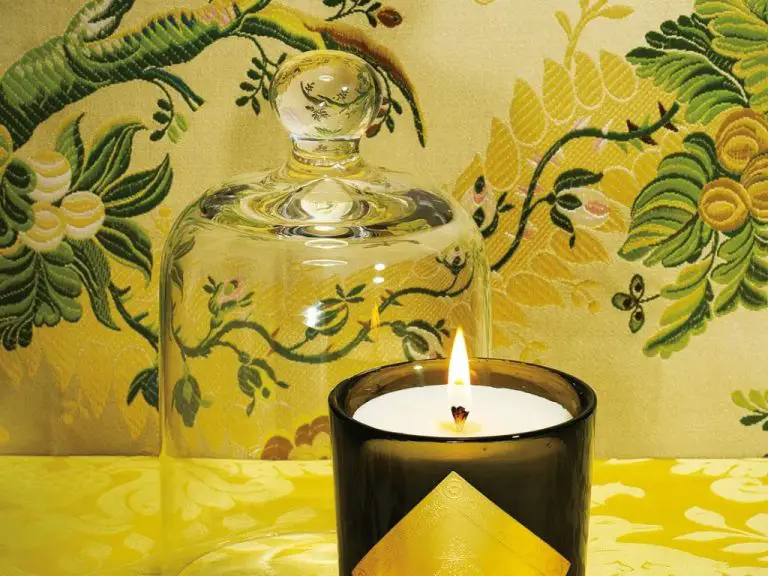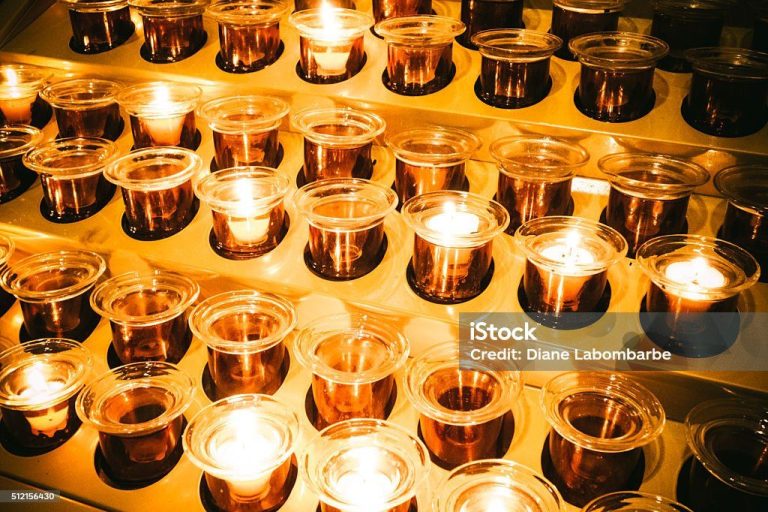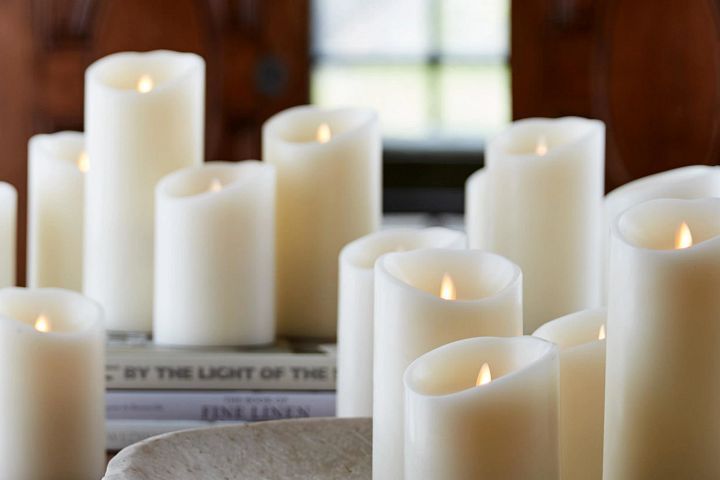What Does Votive Mean In Candles?
Votive candles are candles that are lit as an offering or prayer to a saint or deity. The word “votive” comes from the Latin “votum” meaning vow or dedication. Votive candles have a long history in many religions and cultures as a symbolic way to offer prayers, give thanks, or seek divine favor.
The use of votive candles began in the early days of Christianity. Worshippers would light candles marked with Christian symbols in front of saints’ relics or images as a prayer for intercession. The candles represented the person’s prayer rising towards heaven. Over time, lighting votive candles became a popular devotion in Catholic and Orthodox churches, and the tradition continues today. Votive candles are lit for special intentions and placed near statues, icons or other religious images.
Beyond Christianity, many religions and spiritual practices use votive candles including Hinduism, Buddhism, Wicca, Santeria, and folk religions. Lighting a candle marks a symbolic offering and shows devotion through fire, light or sacrifice. Votive candles create a physical representation of prayers, intentions or sacrifices to deities or venerated figures.
Etymology
The word “votive” comes from the Latin word “votum” meaning “vow, promise, or dedication.” In the Catholic tradition, lighting a candle is generally intended as a votive offering, or an offering given in fulfillment of a vow or promise.
Votive candles are so named because since ancient times, the Catholic and Orthodox churches have offered votives as symbols of prayers offered to God and the saints. The Latin root word “votum” means wish, prayer, or vow.
Votive candles are candles burned as an offering or prayer intention to show devotion. From the Latin “votum,” meaning promise or dedication, they signify sacrificing something of value as an act of religious devotion.
The name comes from the Latin word ‘votum’ which means ‘vow’ or ‘promise’. Early Christians began the tradition of lighting candles as a symbolic way to show dedication in prayer. So votive candles are candles lit as an offering or sacrifice to fulfill a prayer request or intention.
Use in Religion
Votive candles have a long history of use in religious ceremonies and rituals, especially in the Catholic faith. The lighting of votive candles is a common practice in Catholic churches, where votive candles are placed in stands near statues, icons, or other religious imagery. Catholics will light a votive candle before an image of a saint, the Virgin Mary, or Jesus as an offering or sign of devotion. The flame represents the person’s prayer and petition rising up to heaven. Votive candles are also used to memorialize loved ones who have died.
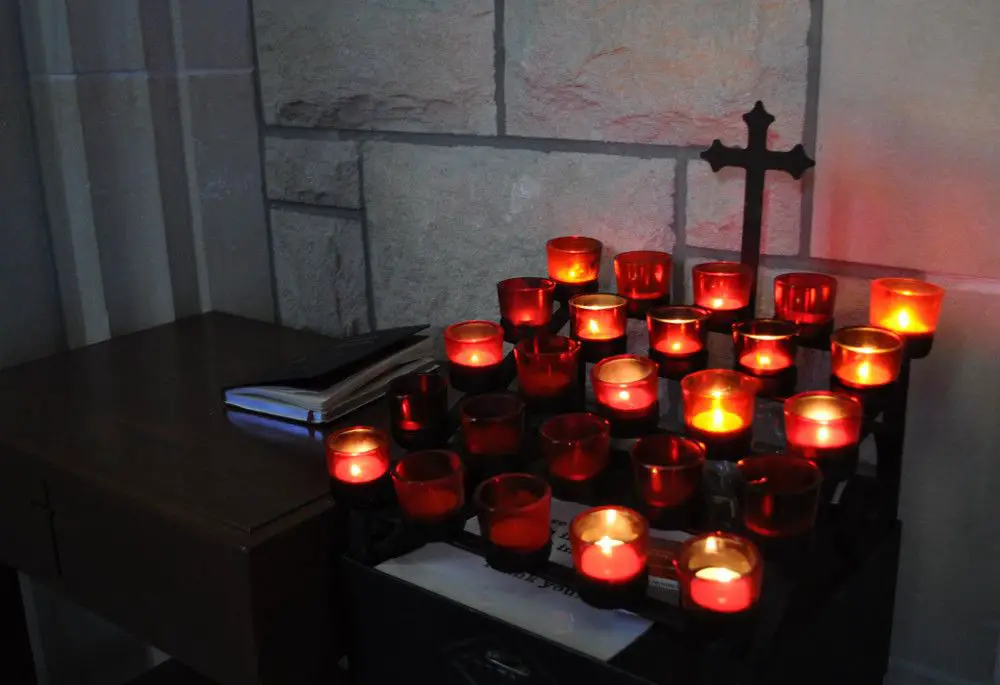
The practice of lighting votive candles is rooted in early Christian tradition, though the exact origins are unclear. Some records indicate the use of votive lights among early Christians in the Roman Catacombs. By the Middle Ages, the custom of lighting candles before saints’ relics and images was widespread in Europe. The candles were seen as a symbol of the worshipper’s faith and a means of participating in devotional rituals.
While most common in the Catholic faith, votive candles may be used in some other Christian denominations as well. They are sometimes lit during prayer services or placed near religious icons in Anglican, Methodist, Lutheran and Eastern Orthodox churches. Beyond Christianity, some other religions including Judaism, Buddhism and Hinduism may also incorporate votive candles in ceremonies or rituals.
Overall, the use of votive candles serves as a tangible representation of faith and devotion in many religious traditions. The lighting of a votive became an accessible way for everyday worshippers to offer prayers, connect spiritually, and pay homage to holy figures.
Sources:
https://www.alamy.com/stock-photo/votive-candles-church.html?blackwhite=1
https://www.alamy.com/stock-photo/candles-votive.html?page=16
Symbolism
The act of lighting votive candles represents prayers, devotion, and offerings to God or the saints in the Catholic tradition. Catholics often light votive candles while saying a prayer, making a petition, or honoring a saint. The light of the candle symbolizes the prayer offered and the burning candle represents the prayer’s intention rising up to heaven. The lighting of votive candles serves as a physical ritual for focusing one’s devotion and desires through prayer and petition (The history and significance of votive candles in Catholicism, 2023).
Design
Votive candles are known for their small, thin glass containers that come in a variety of colors. The containers are typically around 1-3 inches tall with a diameter of 1-2 inches. The small size allows the candles to burn for 4-12 hours.
The glass is usually clear to let the candle light shine through, but can also be found in colors like red, blue, green, or frosted white. Colored glass can complement decor themes or set a mood. For example, red glass votives pair well with Christmas decorations. Frosted white glass diffuses the light in a soft, gentle way.
The simple, slender shape of votive holders allows them to be used in many different candle holders and arrangements. Votive candles are designed to be versatile and enable creative display options.
According to this source, votive candles by Nest Fragrances come in Bamboo, Birchwood Pine, and other nature-inspired designs that add style to the classic votive shape.
Lighting
Votive candles are lit for prayer and devotional purposes. In the Catholic tradition, lighting a votive candle is a symbolic way to offer prayers and connect with God. When lighting a votive, people say a prayer of intention, asking for help or giving thanks. The flame of the candle represents the prayer rising up to heaven. Votives are often lit before statues or images of Jesus, Mary, and the saints. People light votives to honor these holy figures and ask for their powerful intercession. According to Catholic belief, the saints can pray along with people on earth and bring their needs before God. Lighting a candle for a saint is a tangible way to request their prayers.
Votive candles are usually lit inside churches and chapels in front of side altars or racks filled with glass votive holders. The custom is to light the candle from an existing flame, such as a previously lit votive or sanctuary lamp. This symbolizes the spreading of faith from one person to another. Some churches allow individuals to carry their lit votive to a special spot in the church, setting it down as an offering before a statue or sacred image. Votives are left to burn down completely, with churches refilling and maintaining the votive racks.
Catholics also light votive candles in their homes before private altars or statues. Seeing the flickering flame reminds families to pray and creates a sacred space in the home. For some, it is a daily ritual to light votives and offer prayers. The candles are allowed to safely burn down while people go about their day, the flames representing ongoing prayers and connection with God.
Locations
Votive candles are commonly used in Catholic and Orthodox churches, where worshippers light them before an image or statue of Christ, the Virgin Mary, or saints. The candles symbolize the prayers the worshipper is offering for themselves or someone else (source: “Votive candle,” Wikipedia). They are placed in holders, usually red glass, and can be found in side chapels or shrines within the church.
In addition to churches, votive candles may be found in people’s homes. Individuals light votives on home altars or shrines to saints as an offering. They are also used at gravesites to commemorate the dead. When lit at a grave, a votive signifies that prayers are being offered for the deceased (source: “Why Are Votive Candles Used?” Simply Catholic). The lighting of votives connects the living and the dead.
Modern Applications
In modern times, votive candles have expanded beyond just religious uses and can be found in a variety of secular settings. One of the most common uses of votive candles today is for memorials and funerals. Small votive candles are often set up at makeshift memorial sites or around the coffins of loved ones who have passed away. The flames represent the light of life and act as a way to honor the deceased. Votive candles may also be lit at gravesites when visiting or on significant anniversaries. Additionally, many events such as weddings, birthdays, anniversaries, and holiday celebrations will incorporate votive candles for ambiance. Their warm glow helps set a celebratory mood. Votive candles may line walkways at outdoor weddings or be placed on tables at birthday parties, engagement celebrations, and anniversary dinners. During holidays like Christmas, Hanukkah, Kwanzaa, and Diwali, votives can be used as part of home decor to mark the festive occasions.
Making Votive Candles
Votive candles are made commercially through an industrial process that involves melting wax, adding fragrance and dye, and pouring the wax into pre-made molds. The wax used is often paraffin, a petroleum byproduct, which provides a cost-effective base for making candles in mass quantities. Metal votive molds are filled with liquid wax and allowed to cool before the finished candles are removed. Commercial candle makers use large melting tanks that can hold hundreds of pounds of wax at one time. The wax is heated to a specific temperature, around 180 to 200 degrees Fahrenheit, to maintain the proper viscosity for pouring. Once the wax is fully melted, dye blocks and fragrance oils are added to create the desired colors and scents. The liquid wax is then poured directly into the awaiting votive molds on the production line. As the wax cools it shrinks slightly and releases from the mold. The finished votives are inspected, packaged, and shipped out to retailers (https://lonestarcandlesupply.com/make-votive-candles/). This allows manufacturers to efficiently produce votive candles in large quantities to meet demand.
Conclusion
In summary, votive candles have played an important role throughout history, particularly in religion and ritual. Their small size and portability have allowed them to be used in a variety of settings, from churches to homes. The lighting of a votive candle can symbolize prayer, hope, remembrance, and more. While votives remain common in religious contexts today, they have also become popular decorative accents and gifts. Their simple design and warm glow continue to give them widespread appeal. Though small in size, the votive candle has had an outsized cultural impact over time.


